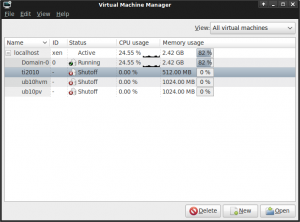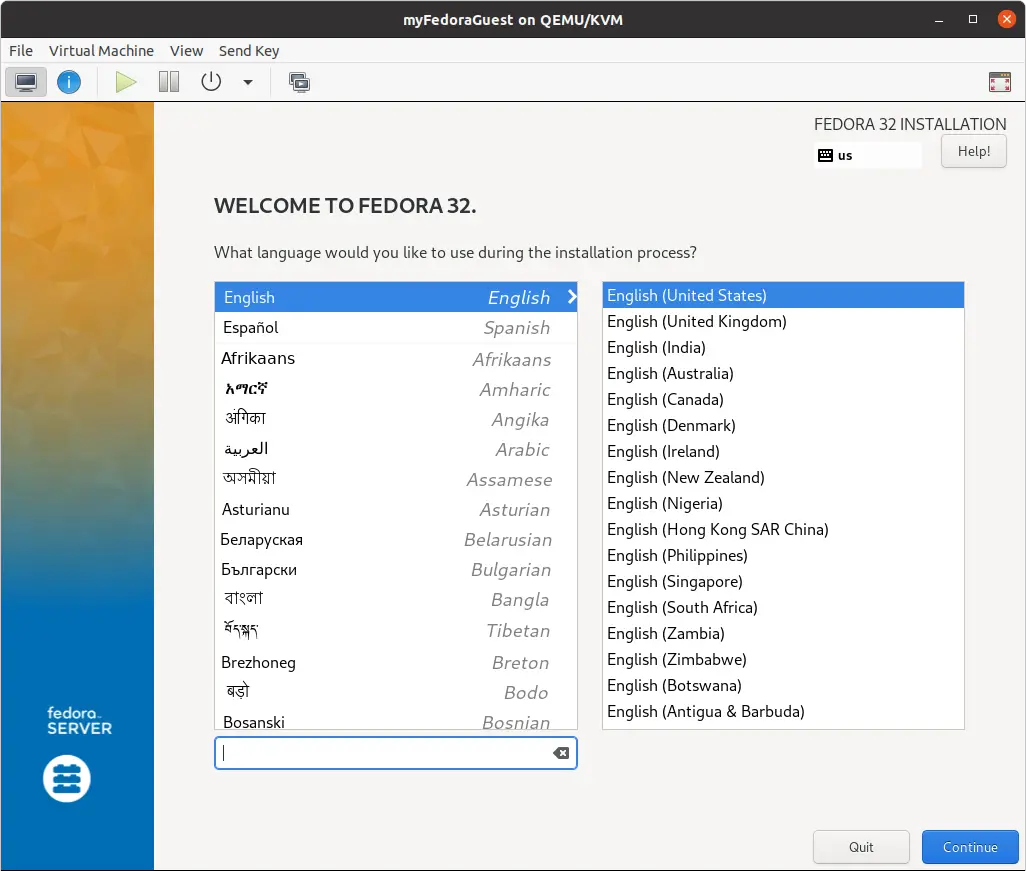

The Intel® Ethernet Controller 10 Gigabit 82599EB, which supports 32 VFs per port.



SR-IOV provides the ability to partition a single physical PCI resource into virtual PCI functions which can then be injected into a VM. The KVM XML virtual machine definition file for the test VM.A script that lists virtual functions and their PCI and parent physical functions, and.A script that groups virtual functions by their physical functions,.There are a few downloads associated with this tutorial that you can get from intel/SDN-NFV-Hands-on-Samples: And finally, if you are using a 40 Gbps Intel® Ethernet Server Adapter XL710, consider using the Data Plane Development Kit (DPDK) in the guest otherwise you won’t be able to take full advantage of the 40 Gbps connection. If you must use the macvtap method, use virtio as your device model because every other option will give you horrible performance. It has the same performance as the VF PCI* passthrough method, but it’s much easier to set up. Here’s the short story: use the KVM virtual network pool of SR-IOV adapters method. This tutorial demonstrates several different ways of using single root input/output virtualization (SR-IOV) network virtual functions (VFs) in Linux* KVM virtual machines (VMs) and discusses the pros and cons of each method.


 0 kommentar(er)
0 kommentar(er)
